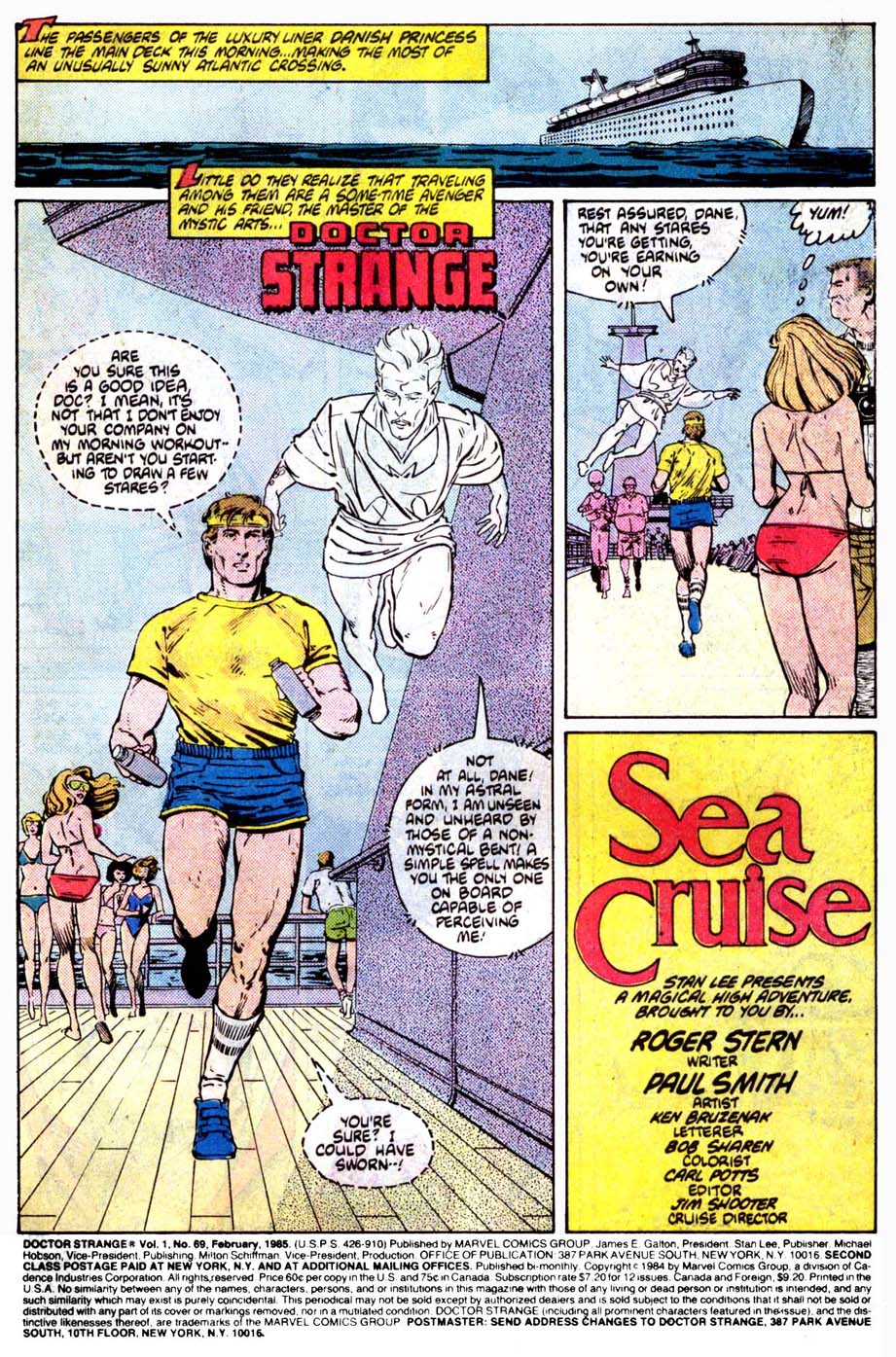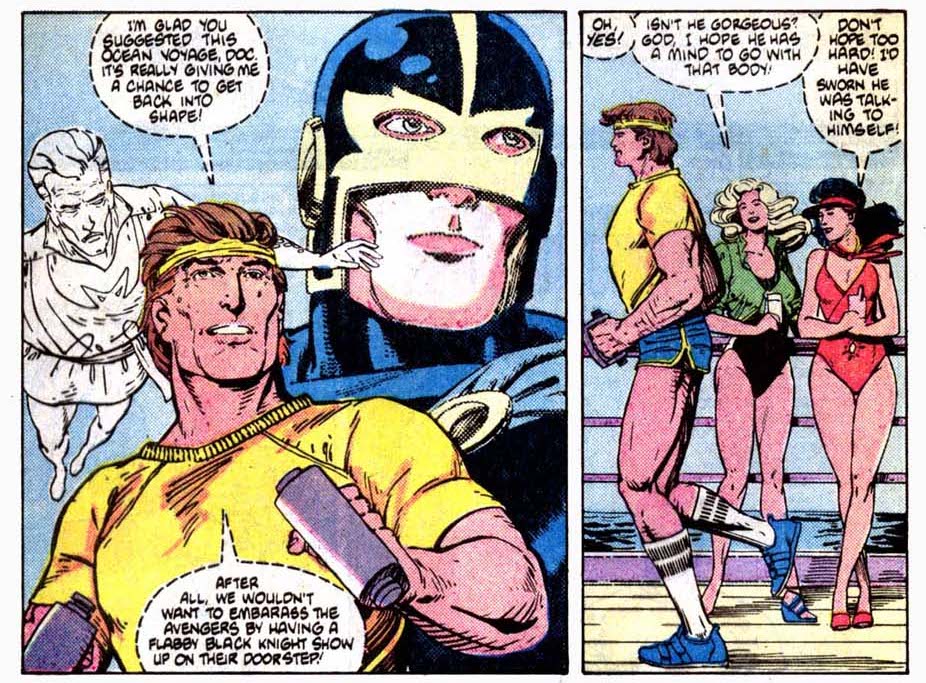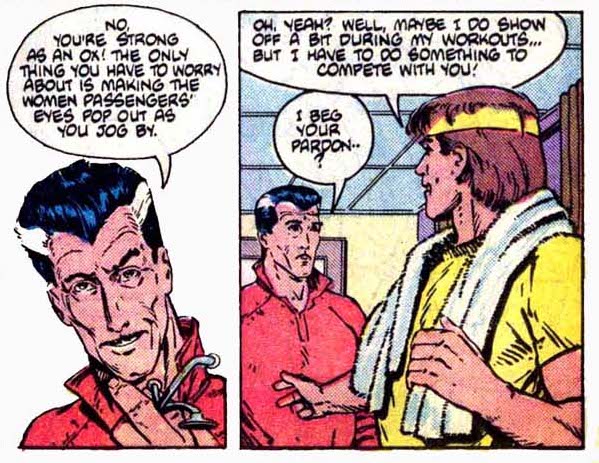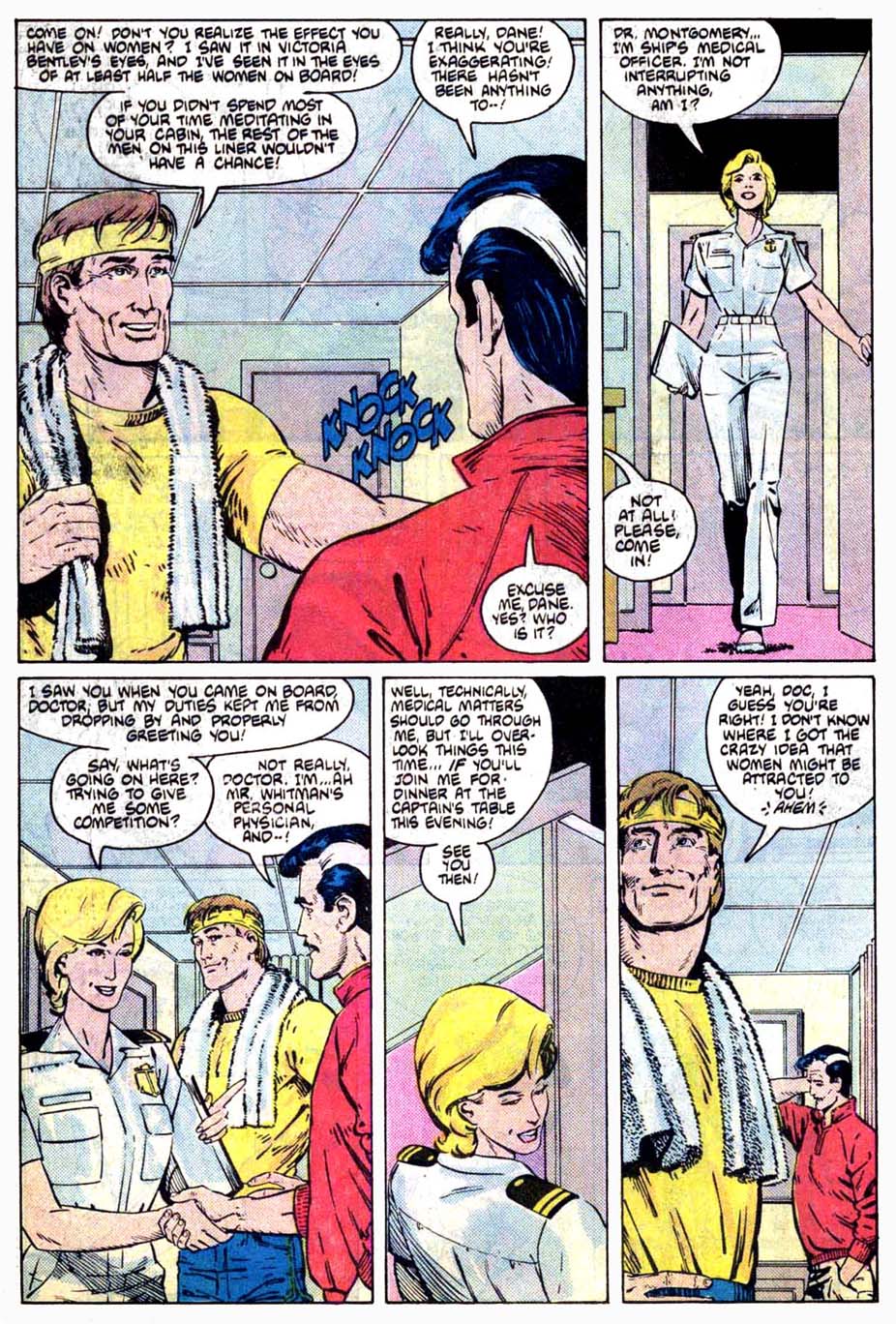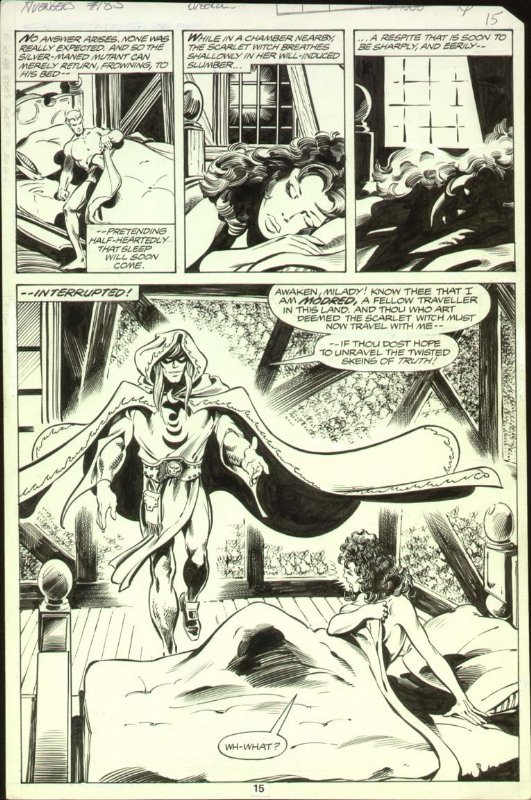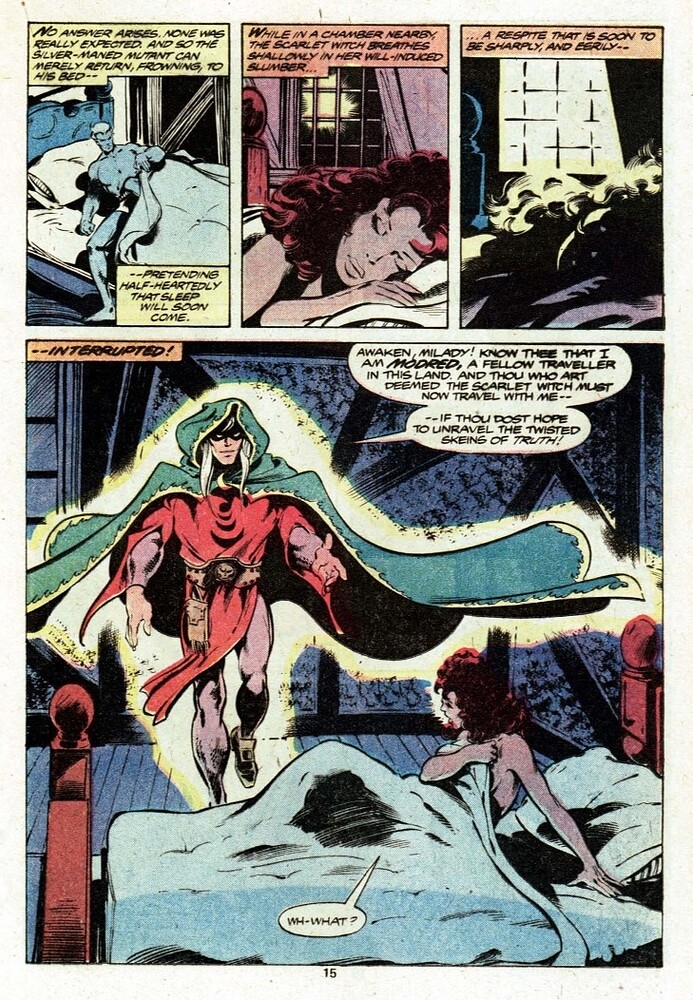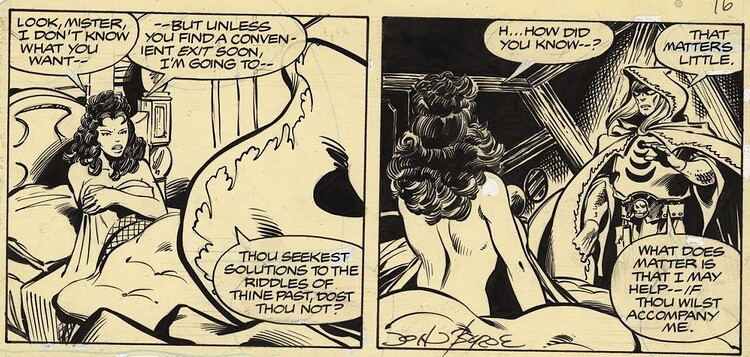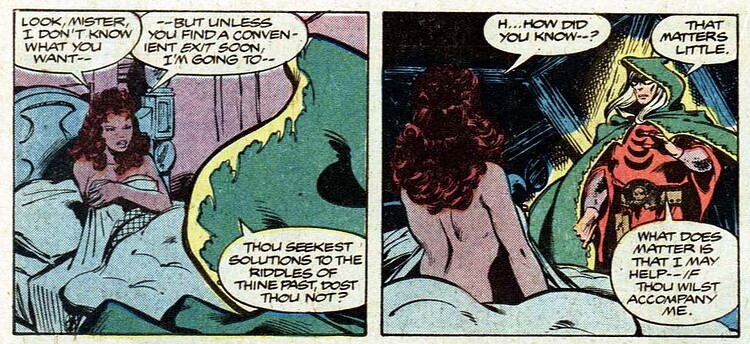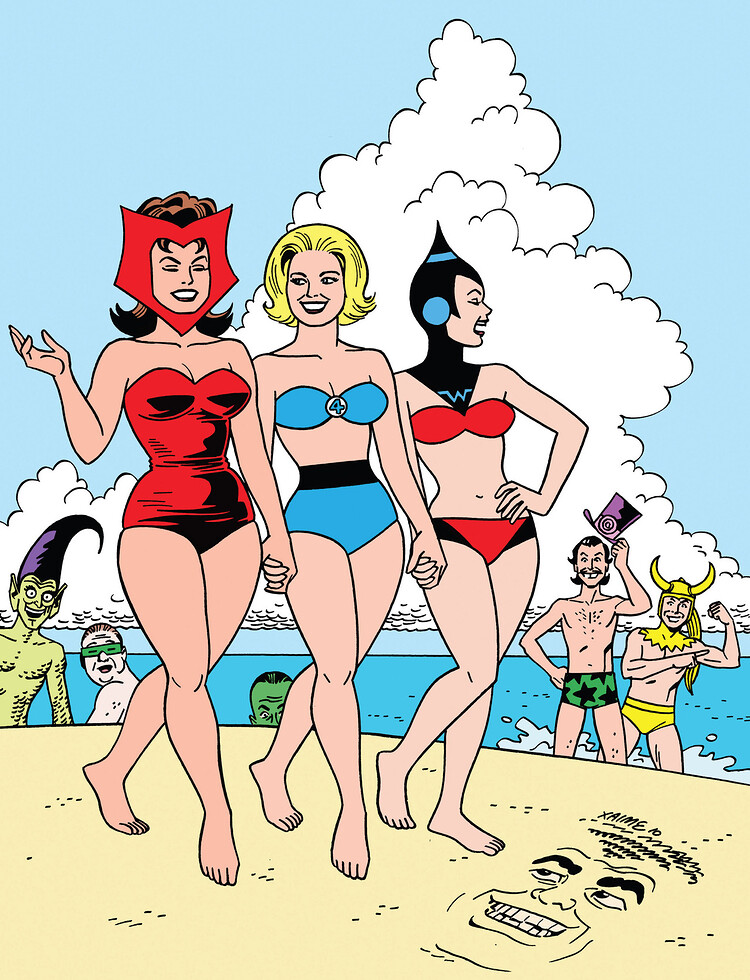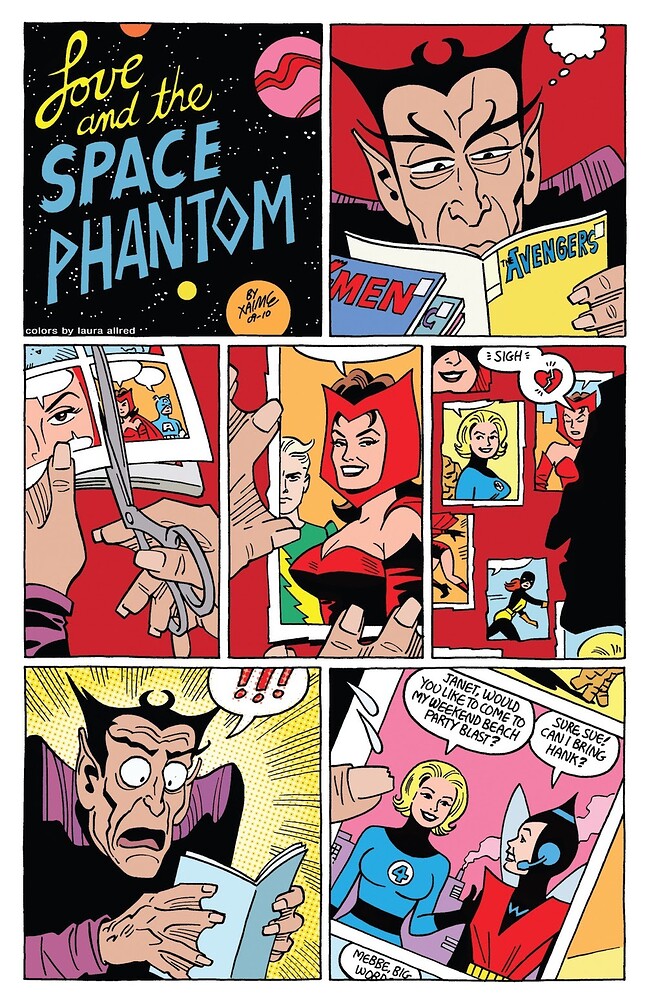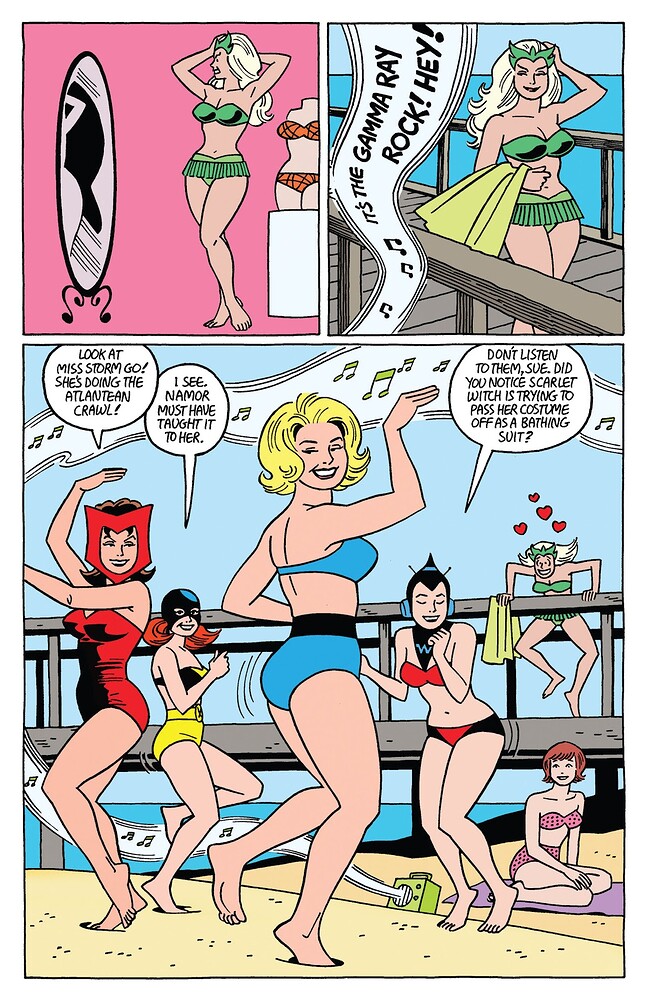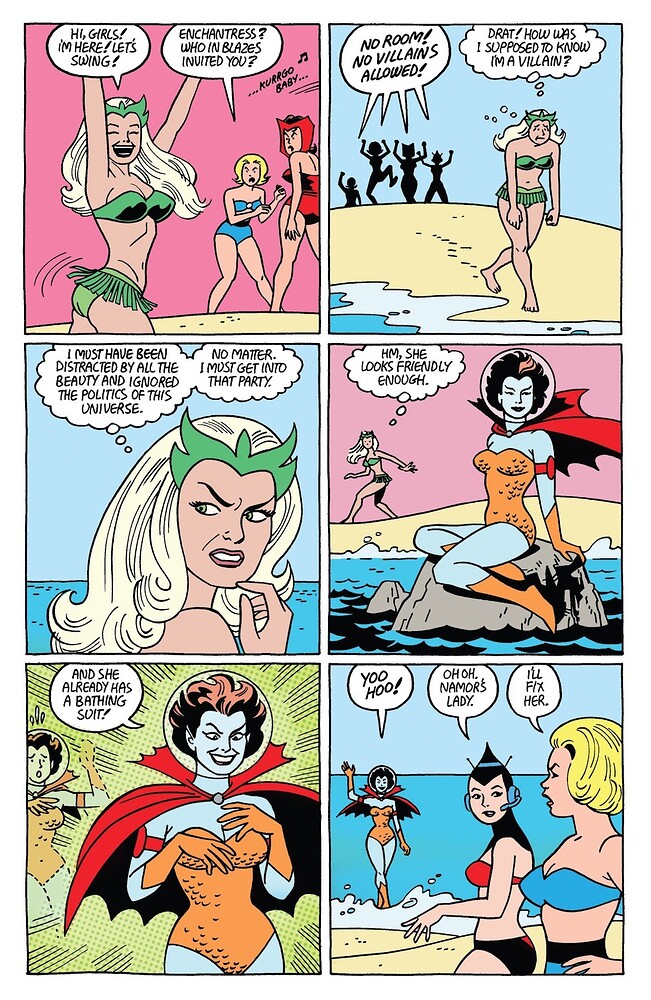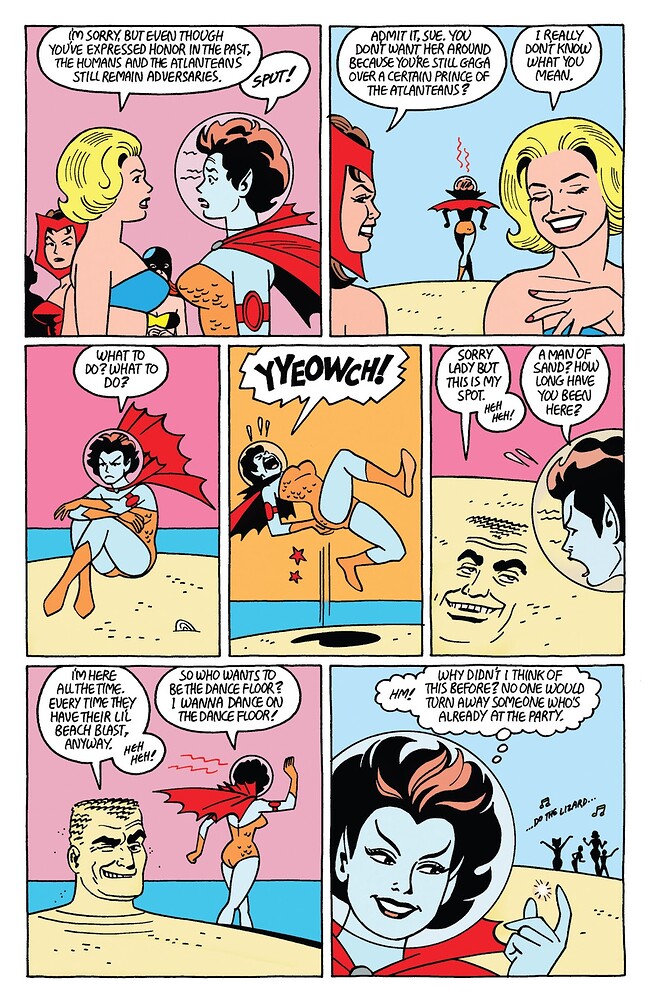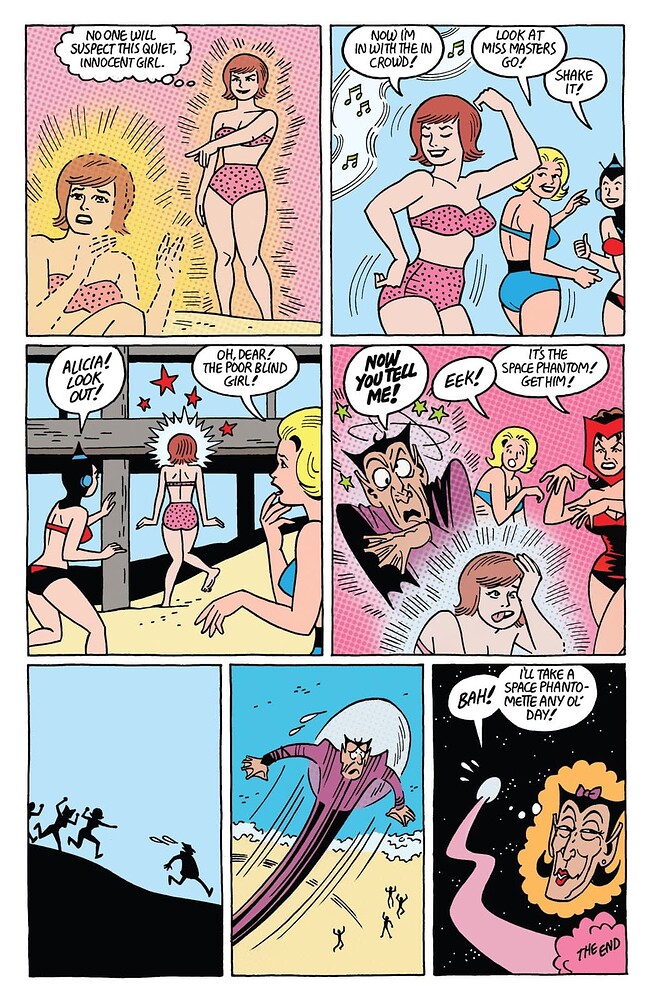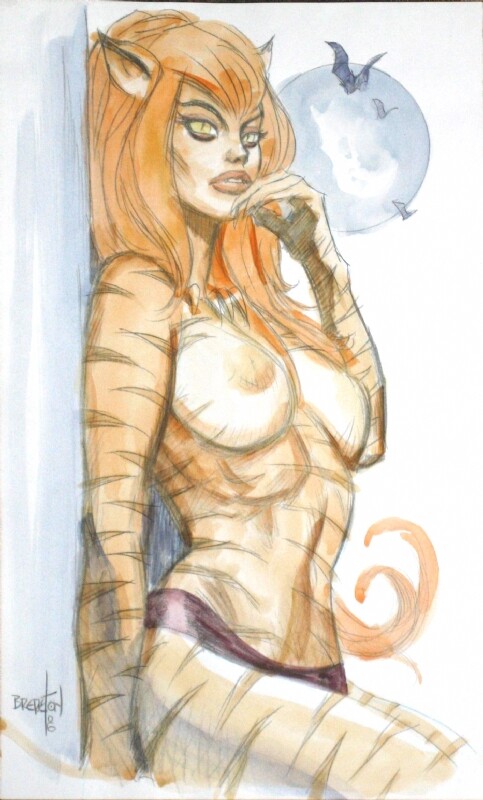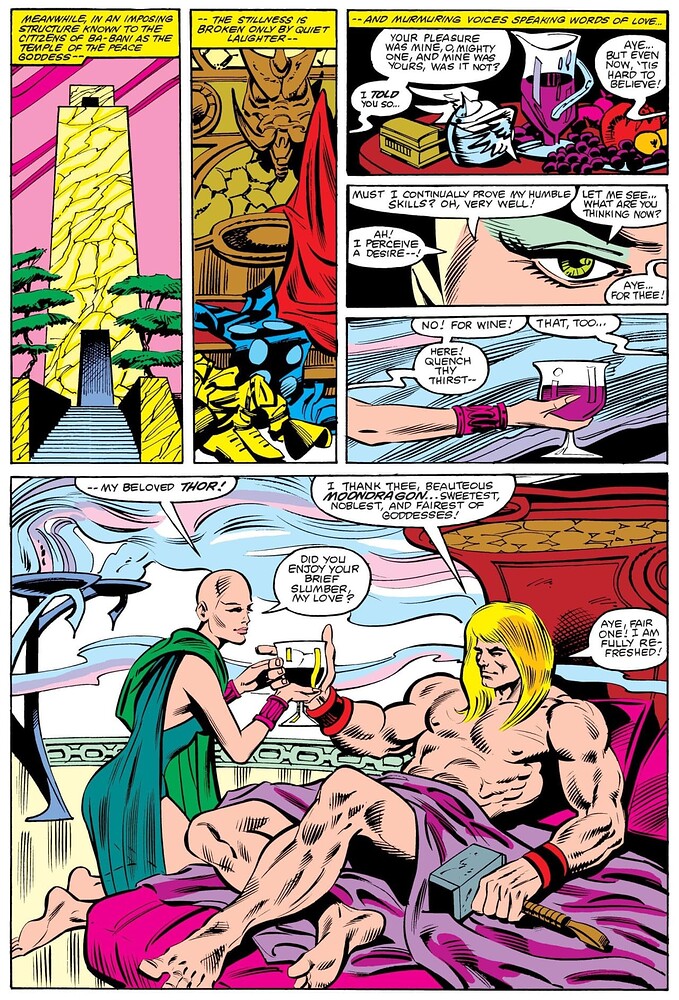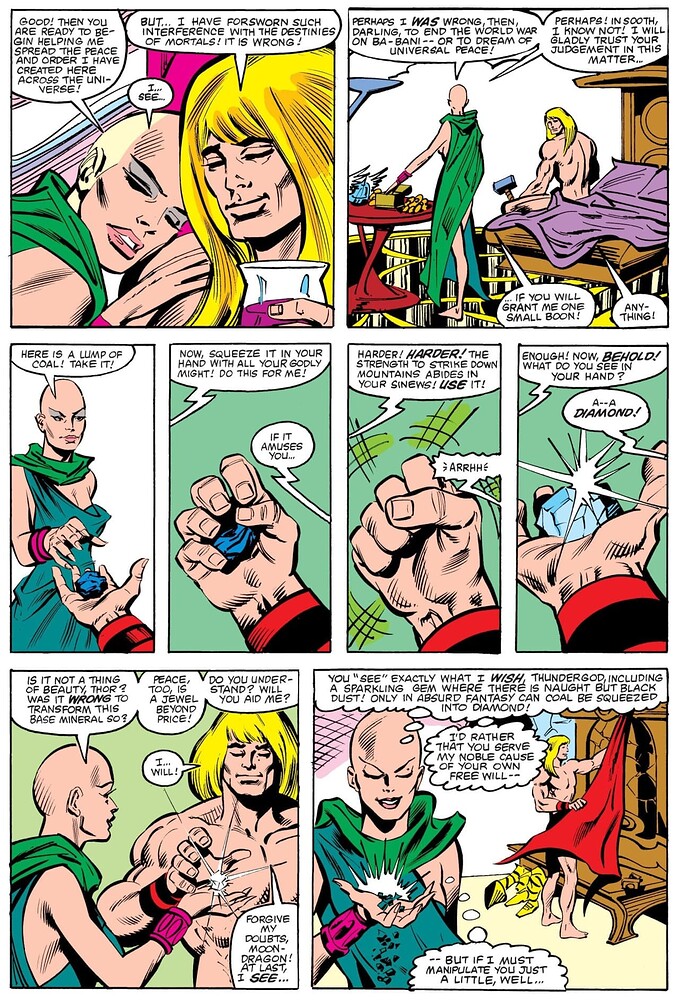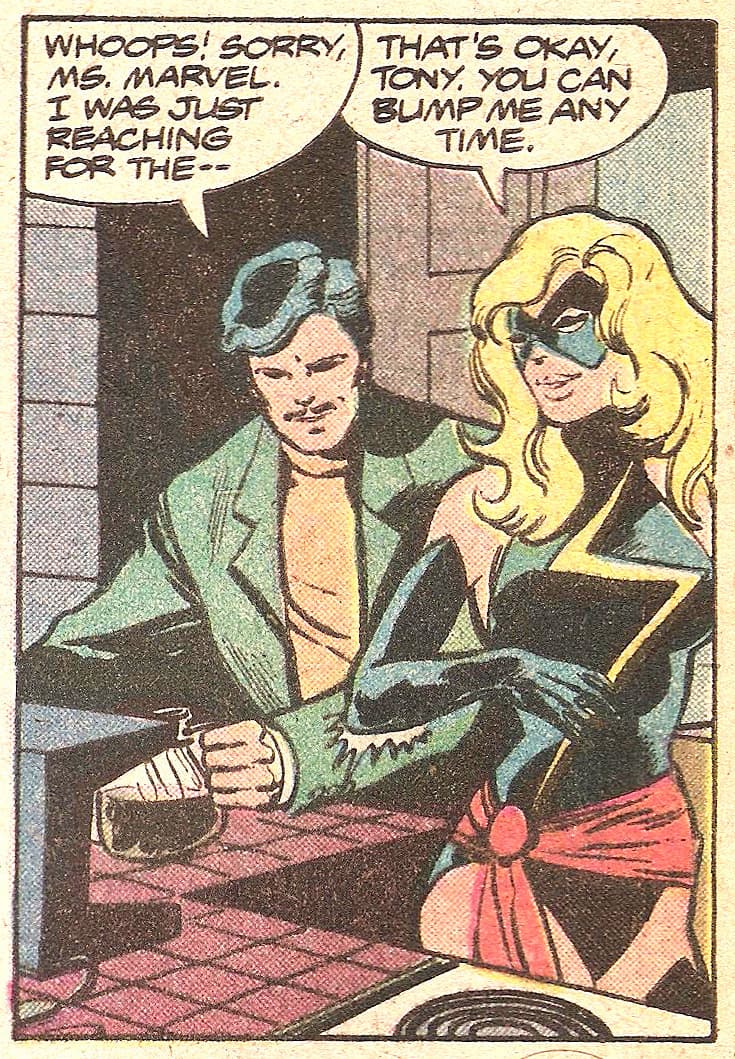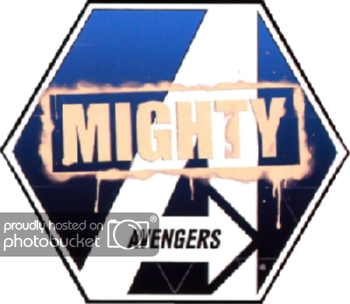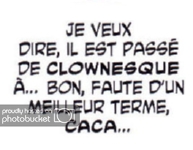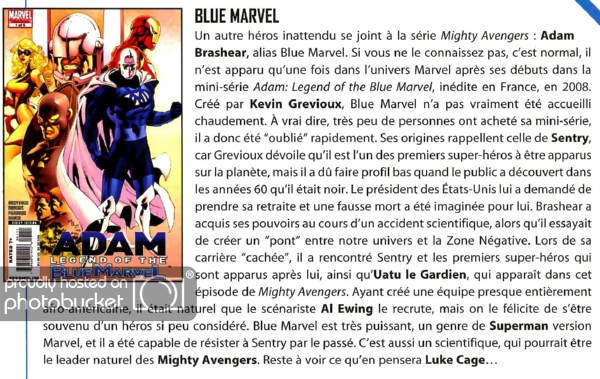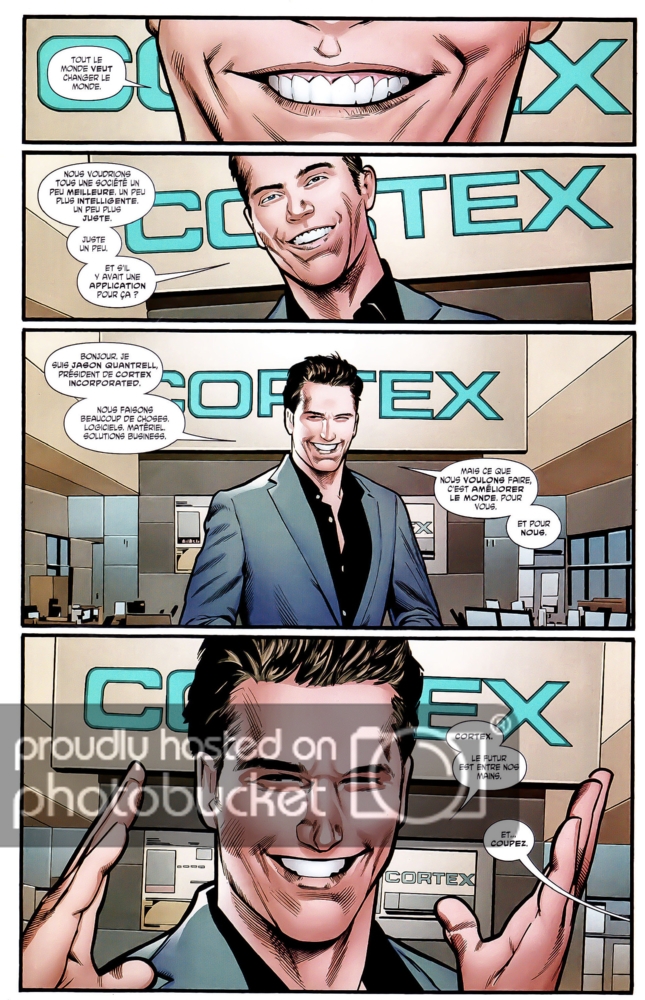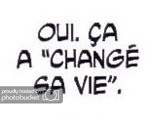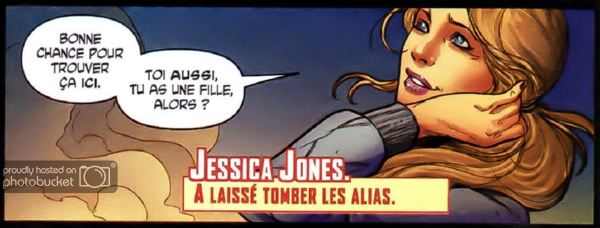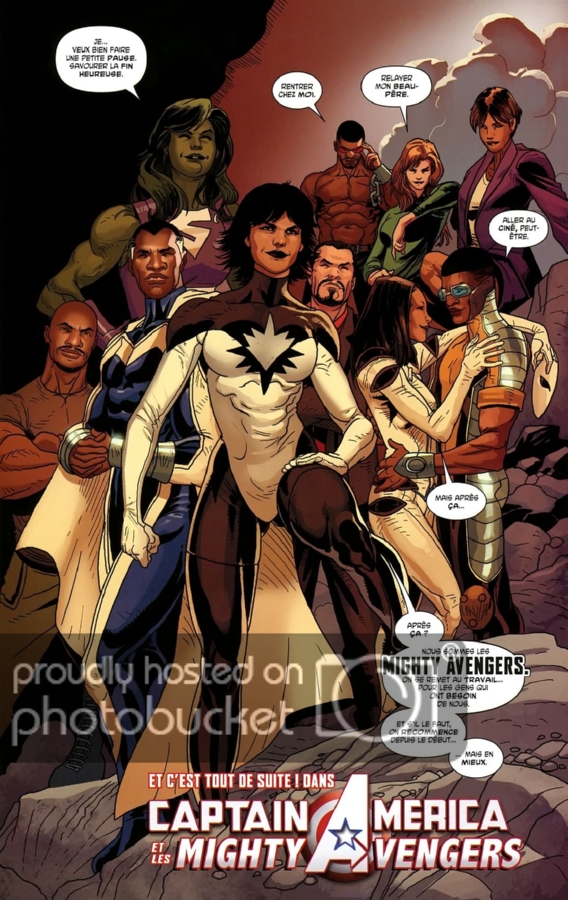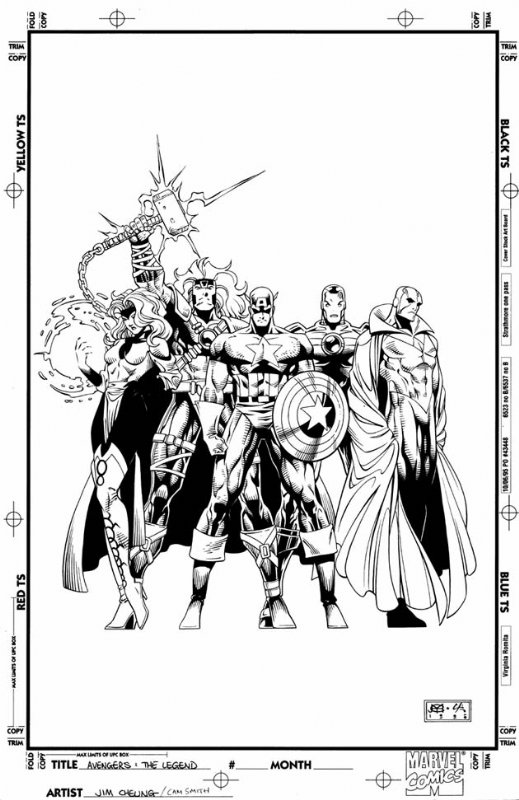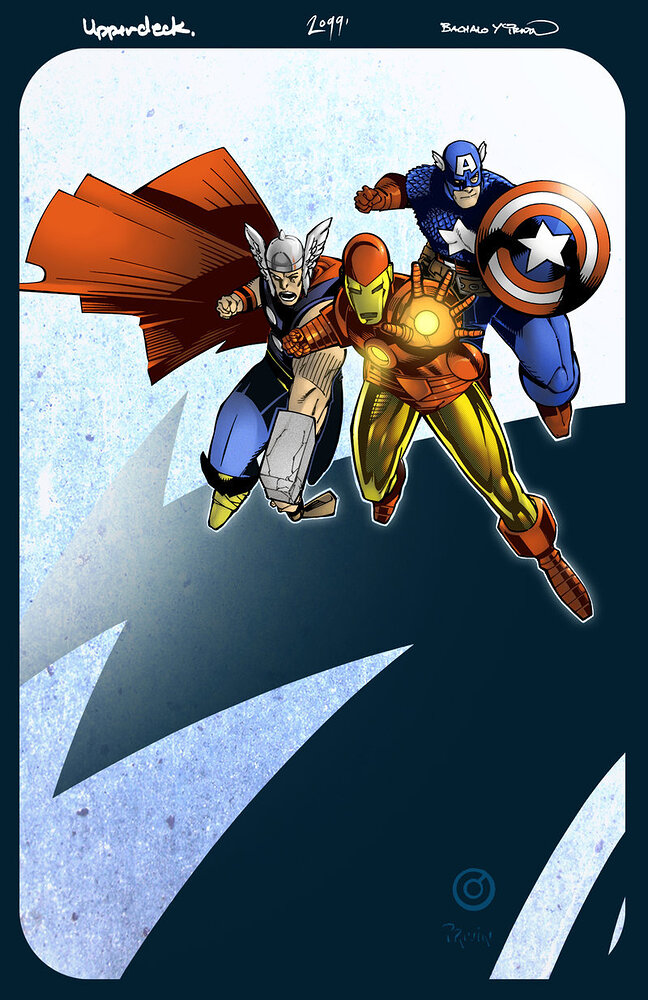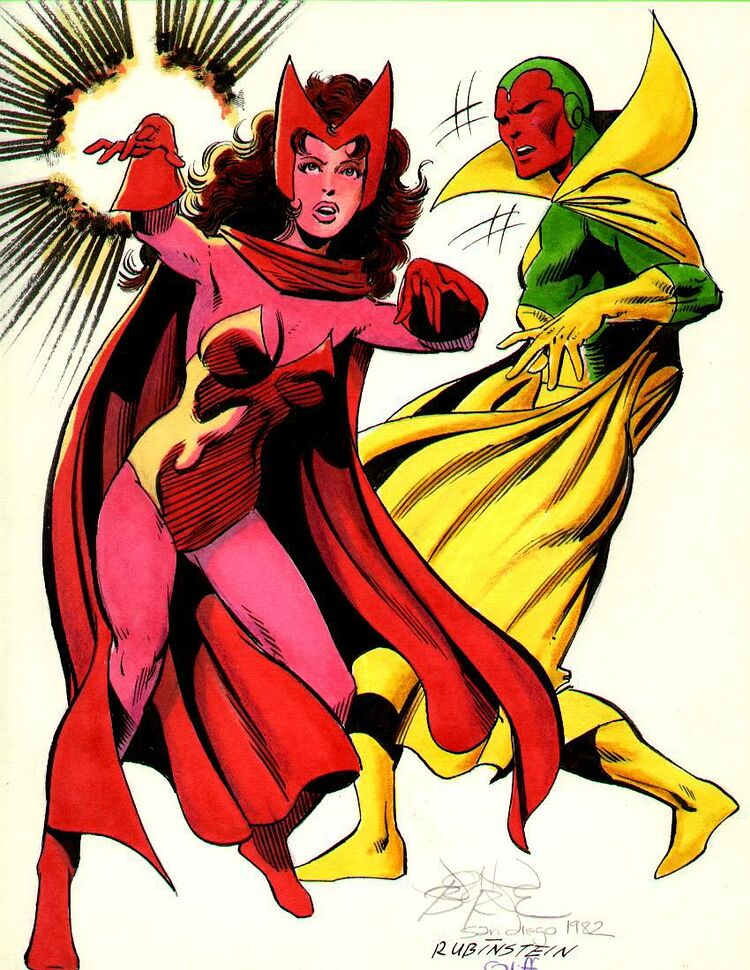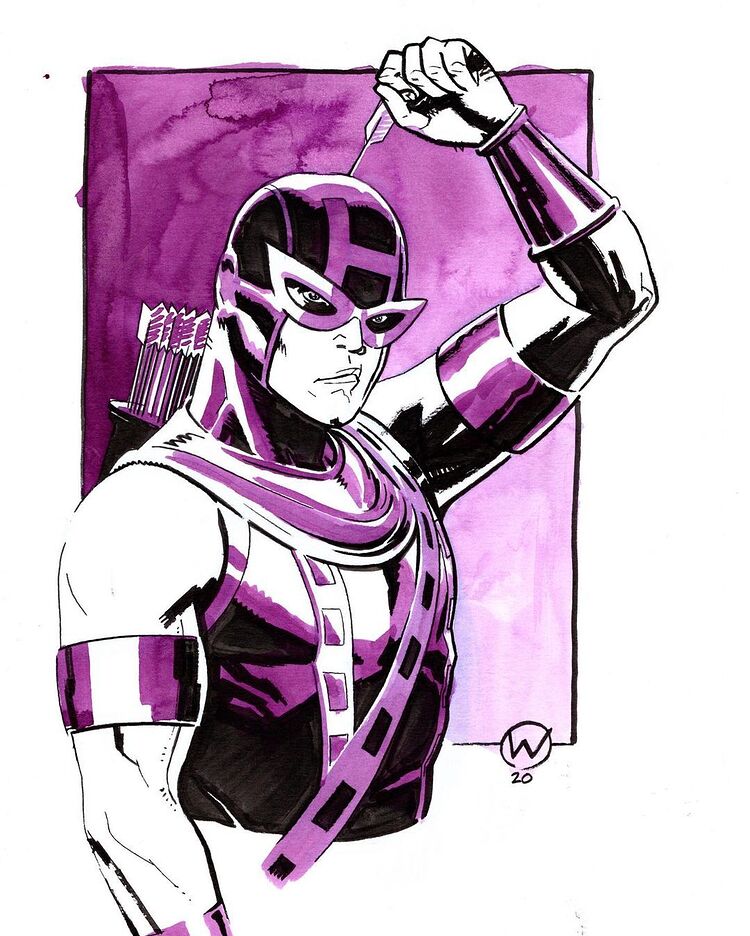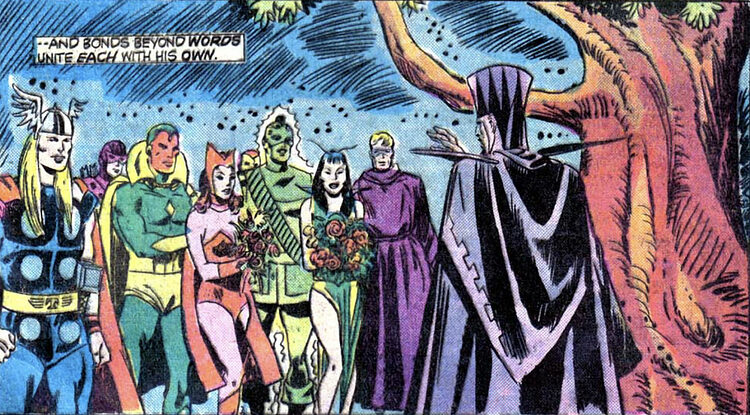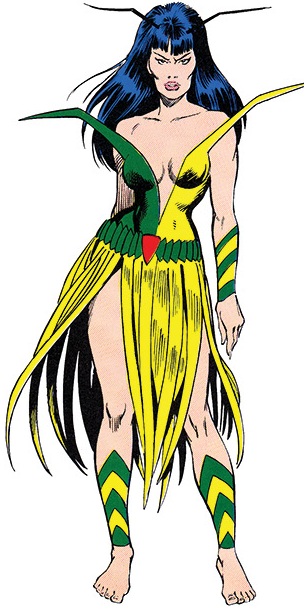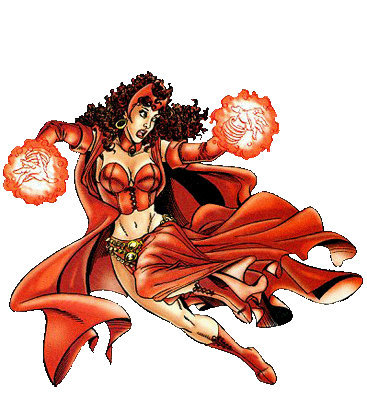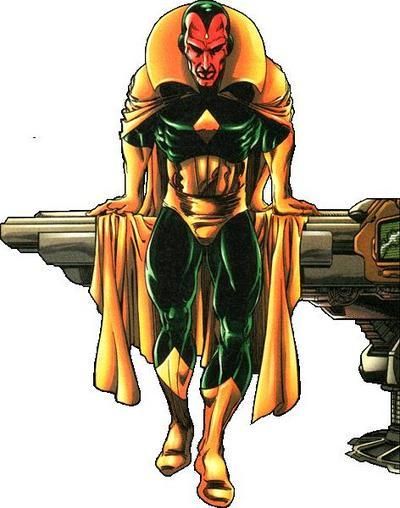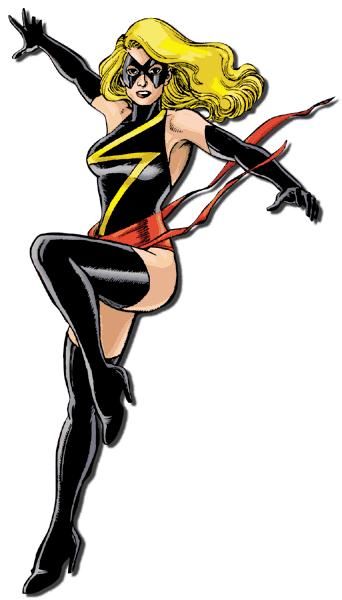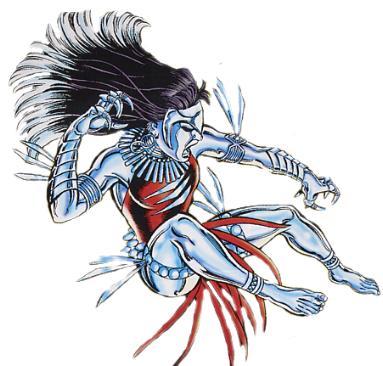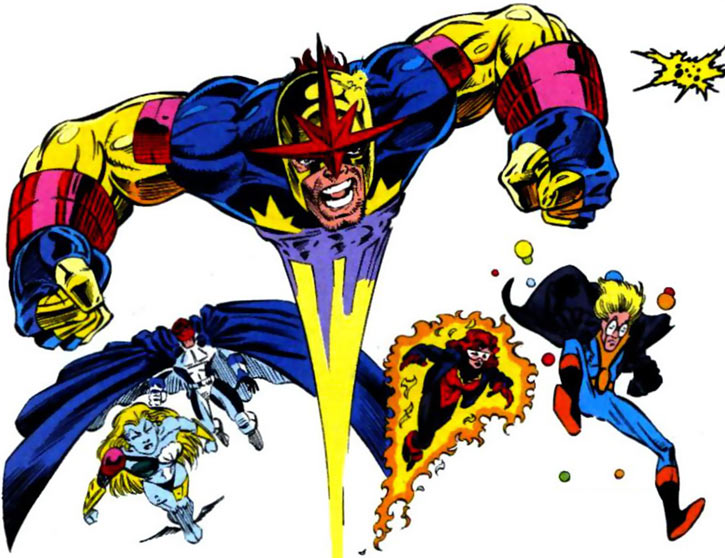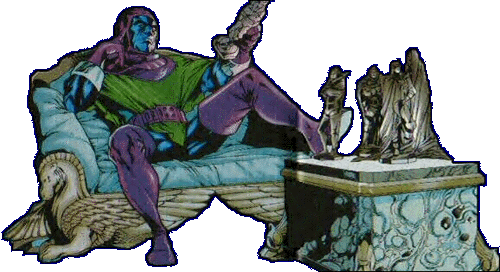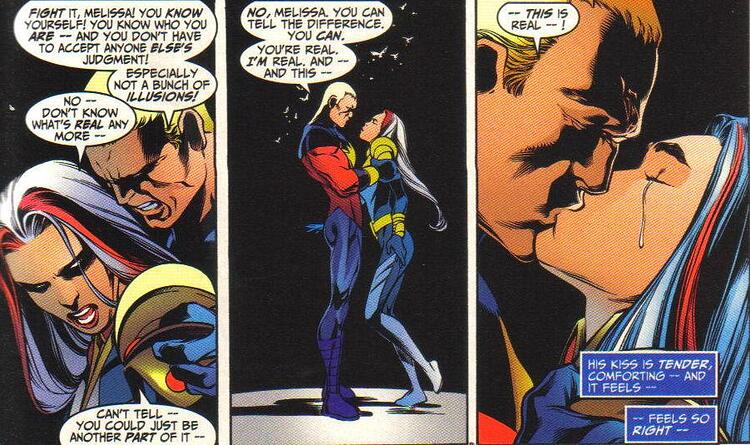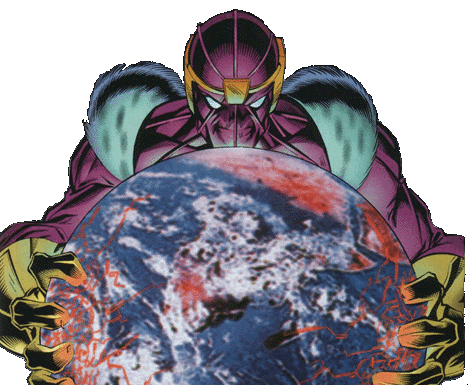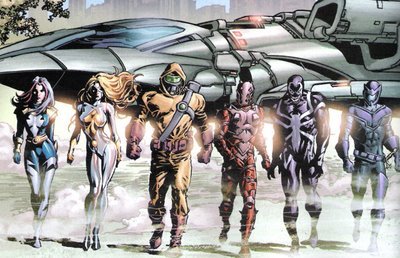Jim
Ha je comprend. T’a dis Hank Pym et j’ai pensé que tu parlé de Ant-Man
(mais bon le résultat est le même Eckart c’est une tanche)
(on m’aurait dis Denis Leary là j’aurais trouvé le choix totalement pertinent)
J ai dit ça passe.
Il a la bonne tête de wasp, pas la guêpe, beau qu il faut à hank, non ?
Marko nous parle du couple Pietro / Crystal :
Jim
Une « spéciale Black Knight » pour @Ben-Wawe :
Le physique de Dane attirait déjà les regards chez Stern (Doctor Strange #69, année érotique) :
Stephen a du succès lui aussi (sa réputation le précède) :
Jim
Marko nous parle de Wanda (on ne s’en lasse pas) :
La Sorcière Rouge par John Byrne
Avengers #185, page 15 by John Byrne & Dan Green & Roger Slifer. 1979.
Jim
Marko nous parle de Jaime Hernandez, de Sue Storm et deux Vengeuses :
Hop changement d’atmosphère (après cette abîme de noirceur).
Strange Tales II #2 (Jaime « Locas » Hernandez, 2010) :
Jim
''MAIS QU’EST-CE QUE C’EST QUE CE PERVERS QUI VIENT ME MATTER TOUTE NUE!!!"
MockingBird par German Garcia :
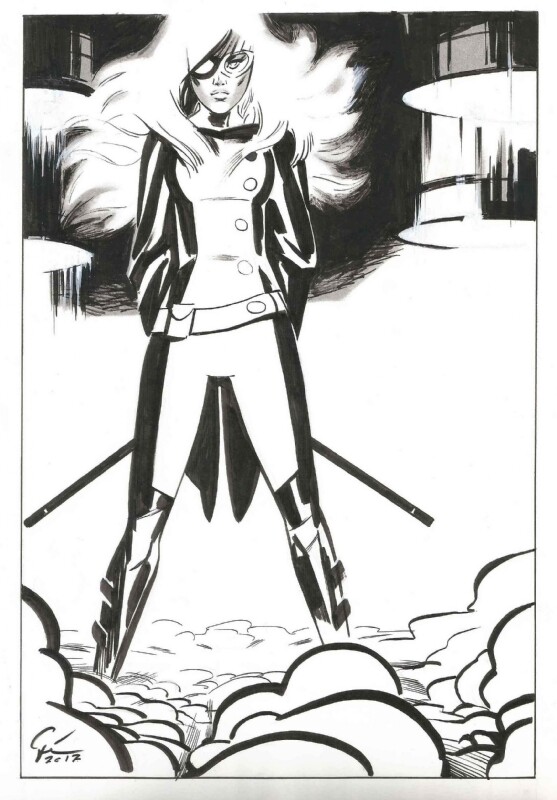
Jim
Les hommes préfèrent les chauves :
Avengers #219-220/intégrale 1982-1983 :
Jim
Bump !
Quand Tony et Carol flirtent durant la pause café.
You Can Bump Me Any Time (by John Byrne & Dan Green from Avengers #185, 1979)
Jim
Artemus Dada à propos des Mighty Avengers d’Al Ewing :
…. [size=150]A[/size]l Ewing semble être un scénariste soucieux de l’histoire de la Maison des Idées et de son cheptel, et l’équipe des Mighty Avengers semble en être un nouveau signe.
En effet, la création dudit groupe repose sur des fondations bien connues des lecteurs de la Marvel : une menace hors-norme (créée pour le coup au début des années 1970) pousse plusieurs super-héros à joindre leur force pour en venir à bout et, chemin faisant, découvre que l’union fait la force et décide alors de fonder un nouveaux groupe : les Mighty Avengers.
Après quatorze numéros, le scénariste prouvera qu’il a de la suite dans les idées en concluant son run sur le même principe, décliné cette fois d’une manière plutôt originale.
Mais n’anticipons pas.…. C’est bien connu, les promesses n’engagent que ceux qui veulent bien y croire, et celle formulée par Luke Cage d’être une équipe avant tout dévouée à l’homme du commun si je puis dire, restera lettre morte ; et les Mighty Avengers feront comme le reste des équipes de l’univers Marvel.
Je ne crois pas d’ailleurs que l’installation d’un standard pour recevoir les appels ait finalement vu le jour. En tout cas on n’en entendra plus parler.
Or donc, comme c’est souvent le cas dans le monde des super-héros, ces derniers seront en grande partie à l’origine des problèmes qu’ils devront résoudre :…… • Opposition d’ego au sujet du leadership de l’équipe
…… • Vengeance personnelle
…… • « Dispute » familiale
Reste sur la totalité des 14 numéros une menace qu’ils n’auront pas eux-mêmes créée. En dehors de celle qui les réunit.Je me demande d’ailleurs si l’idée du super-héros, défenseur de la veuve et de l’orphelin n’est pas un vestige d’un très lointain passé ou plus simplement, une vue de l’esprit qui n’a aucun réel fondement ?
Cela dit je n’ai pas de problème avec l’idée de personnages qui finalement sont à l’origine des problèmes qu’ils affrontent.
On sait souvent ce qu’on fait, mais rarement ce que fait ce qu’on a fait.En outre Al Ewing est un scénariste plein d’idées, qui n’hésite jamais à les partager ; et c’est un aspect très captivant.
D’autre part il n’hésite pas non plus (choix ou nécessité ?) à employer des seconds couteaux (voire des troisièmes couteaux) qui deviennent grâce à son talent des personnages qui arrivent à occuper une place de choix dans mon cœur de lecteur.
Je pense en particulier à Adam Brashear alias Blue Marvel, et à Ava Ayala aka White Tiger, dont malheureusement le potentiel ne sera pas beaucoup exploité.C’est d’ailleurs l’une des caractéristiques des Mighty Avengers selon Ewing, la plupart des joutes agonistiques – internes ou externes aux personnages – productrices de récit sont assez vite expédiées.
Bien trop vite à mon goût.
En outre il y a peu (ou pas) d’intrigues menées de front, Al Ewing est pour le coup, plutôt adepte de la scansion que du scénario modulaire.L’impression générale qui me reste de ces quatorze numéros est qu’ils sont très en deçà du potentiel que j’ai cru y voir.
La « responsabilité » si je puis dire, n’est du seul fait du scénariste, elle en revient aussi à l’équipe artistique.
[size=85]Greg Land dans ses œuvres[/size]
…. En effet sans avoir vu les scénarios d’Ewing, il me semble difficile quelque soit son talent et la précision de ses scripts, de réussir à donner de la densité à son run avec un dessinateur comme Greg Land par exemple, qui dessine des planches de 4 ou 5 cases maximum dont une majorité de gros plans sur des visages en utilisant le format panoramique de façon très répétitive.
Surtout que ces cases 16/9ème n’offrent que très peu d’information.
Il s’agit souvent d’un gros plan, voire de deux personnages face à face, et plein de vide autour.
Ce qui rend assez difficile de mener plusieurs intrigues de front sur la même planche par exemple.Valerio Schiti propose des planches avec toujours aussi peu de cases mais son découpage moins routinier fait (un peu) illusion, malheureusement c’est le moment où Ewing décide de sacrifier à une longue exposition (le #006) à base de dialogues.
Salvador Larocca, que j’ai connu un peu plus inspiré, ne relève malheureusement pas non plus le niveau lors de sa prestation.
Circonstance aggravante si je peux me permettre, le travail des coloristes, Frank D’Armata en tête, n’est pas du tout à mon goût.Si j’ai l’air de « conspuer » le versant artistique, je n’oublie pas pour autant la possible ingérence de l’éditorial.
…. Cela dit, ces quatorze numéros ne sont pas dénués d’intérêt.J’aime beaucoup les personnages d’une manière génèrale, ils offrent des possibilités de développement et d’interactions qui peuvent se révéler très « rentables » sur le plan narratif. Et les résultats, même en dessous de mes attentes, sont déjà appréciables ici.
La floraison d’idées est aussi très encourageante, reste plus qu’à ficeler ça de manière à rendre cette profusion plus captivante (ou plus à mon goût).
L’humour qui sous-tend l’ensemble du run est aussi très agréable (dont l’allusion à Ayn Rand).
Bref, il ne reste plus qu’à espérer une équipe artistique plus conforme à ce que j’attends d’elle, et un Al Ewing plus téméraire (et moins linéaire) pour la suite qui s’intitule – mais vous le savez déjà - Captain America et les Mighty Avengers.
Les Mighty Avengers d’Al Ewing sont disponibles dans la revue éditée par Panini : Uncanny Avengers (V2) n°1 à 8 (Avril 2014-juin 2015).
Traduction : Jérémy Manesse
Lettrage : Alessandro Benedetti & Astarte Design - RomaÀ suivre donc !
Couverture non publiée de Jim Cheung pour un projet avorté (Avengers - The Legend) :
En couleurs :
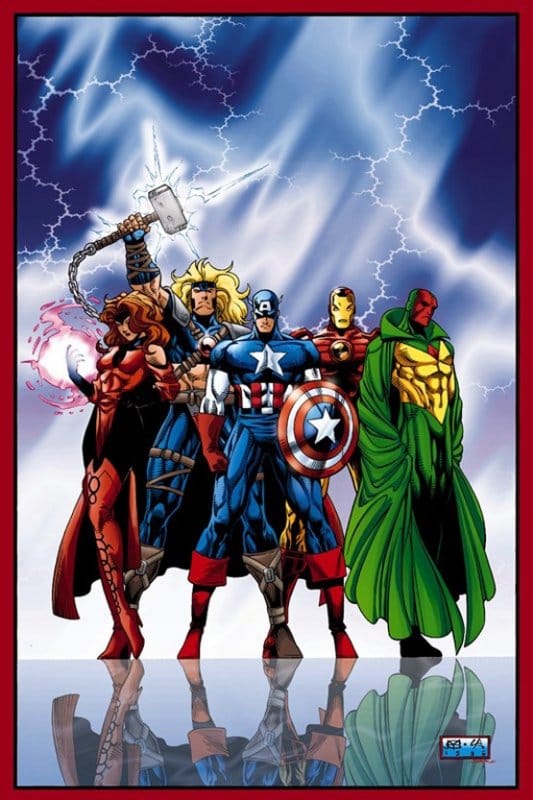
Tom Grummett :
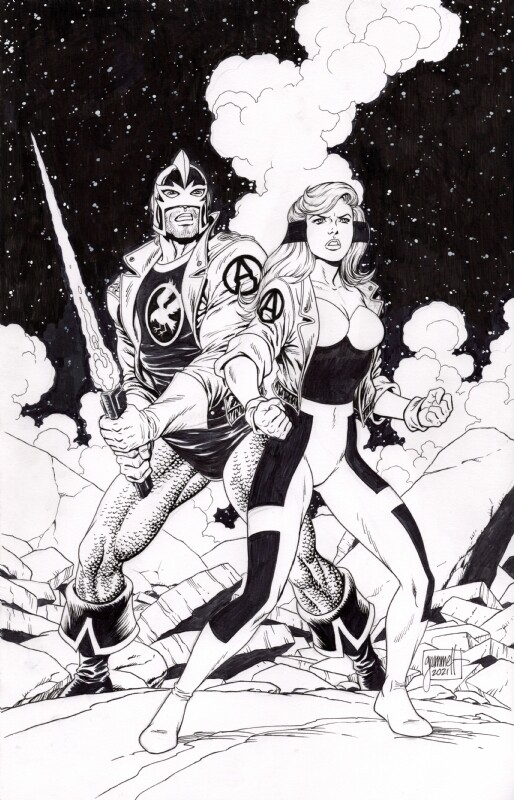
Kurt Busiek à propos de son run sur la série Avengers (1997-2002) :
Kurt Busiek : "Ordinarily, as I’ve noted a couple of times in this thread already, I don’t have single favorites. I just don’t think that way.
But in this one particular case, I can say that my single favorite AVENGERS story is The Celestial Madonna Saga, and the uncontested, anyone-who-says-otherwise-is-sadly-mistaken best single issue of AVENGERS is GIANT-SIZE AVENGERS #2."
Kurt Busiek : « The Celestial Madonna – Mantis – is a character I always avoided, because I think she’s one of those characters who only ever feels right when written by Steve Englehart. But I was pleased to help arrange for Steve to write AVENGERS: CELESTIAL QUEST, back when I was on AVENGERS. »
Kurt Busiek : "I was looking for, essentially, a « unified field theory » of Wanda’s powers, something that would explain all the stuff she’d done in the past without contradicting them, as earlier explanations often did. She’d gone from « point and something bad happens » to « alter probability » to « reorder reality, » and it seemed to me that everything she did was essentially chaotic and disruptive. So that, with the Chthon connection, suggested she was channeling and shaping some sort of chaotic force – it would serve as an underlying explanation for all of that stuff.
And that would also let me essentially unify her powers – rather than having a mutant power and magical skill, the mutant power could be to channel a particular flavor of magic, and the magical skill could help her in how she channels it. That way, instead of having two unrelated powers/skills that largely involve casting weird energy from her hands, she’d be using the power and the skill in tandem, wielding magic with her mutant power, shaping her mutant-channeled magic with her learned magic skills.
I thought it made her more coherent, less muddy in what she could do.
So when people talk about real-world occult beliefs, as if the idea is to reject all the stuff she did before and give her a new set of abilities, that’s not what I meant at all. I wanted to embrace all the stuff she did before, and provide a context that united it.
Chthonic power, chaos magic, is (in my intent, at least) inherently disruptive and chaotic, and supports everything she’d been shown to do, whether it was the hex-spheres (chaos grenades), making bricks fly out of a fireplace to strike at someone (not probability-shifting because that’s not probable at all, but still chaotic), to make a meteor veer out of its orbit (disruptive) to remaking reality (waaaay disruptive).
That was the intent. I thought it fit her very well, but it’s been the subject of contradiction and reassertion since. Which is kind of chaotic itself, so maybe that fits."
Kurt Busiek : "I like the original Vision-Wanda romance a lot, but various writers (notably John Byrne) had busted it up pretty good, and I thought that simply putting it back together wasn’t interesting, wasn’t the stuff of ongoing drama.
Better, I thought, to use the situation to explore the characters. Wanda and the Vision had both traditionally been internal-looking characters, but without each other, it was easy to push them into reacting more externally, to the world around them. What’s Wanda’s place in the world if she’s not with the Vision? What’s the Vision’s place in the world if he’s thrown out of his comfort zone?
Then, once the characters got to explore the world more and show off different facets of their inner selves, they could come back together by a different route, a new story rather than just a reiteration or restoration of the previous status quo. They’d have grown and changed and become stronger people for it.
I didn’t get that far along that road, but with serialized superhero comics, the idea isn’t necessarily to reach the destination, but to have an interesting and engaging journey along the way.
So that’s why."
Kurt Busiek : "I just like her (Carol Danvers). So I wanted to put her in the book, because she’d be fun to have as a member and that black costume is awesome.
The alcoholism plot came about because her recent back history was snarled with difficult-to-relate-to stuff: She’d lost her memories, then regained them all but not the emotional connection to them, so it was like she remembered them happening to someone else. I think that’s about the shortest I can describe it, and it’s completely intellectual – you can understand it logically, but it’s not going to resonate much emotionally.
Plus, if I had to keep explaining that as the source of her problems, then it’s going to be two or three indigestible captions every time it comes up.
So I decided that if her experiences with all that left her messed up, and led her into some more approachable emotional trauma, then I’d only need to explain that other stuff once, and after that we’d build on the result of it, something that was simpler and more comprehensible to readers who hadn’t thrilled to the STARBLAST crossover.
As for what kind of emotional trauma – alcoholism worked nicely, because that gave me options as a way to do interaction between her and Tony Stark; maybe Tony could even become her AA sponsor eventually. So it seemed to give me a good place to go from the STARBLAST mess, provide for drama and give some specific character interaction hooks.
And it seems to have worked."
Kurt Busiek : "Bob Harras asked George and I to create a new Avenger, like the Vision had been created in Roy’s run, or Mantis is Steve’s, or the Monica Rambeau Captain Marvel – who debuted in a Spider-Man annual, but was created for Roger’s Avengers run.
I figured we should create two, so readers couldn’t predict which might join (though both did), Silverclaw and Triathlon.
Silverclaw came from some visual ideas I’d had earlier for Animal Man, though George didn’t follow my visual ideas, and treated her more like Changeling – so maybe I’ll use those ideas again elsewhere – but that was the starting point. I also liked the idea that Jarvis had signed up for one of those « sponsor an orphan » programs, and they realized he was the Avengers’ butler and made sure he got the superpowers troublesome orphan.
You’d have to ask the other writers why they didn’t use her; it wasn’t up to me, not once I was gone. I assume they just wanted to use other characters.
I did want to transition her to a more superhero-y outfit once she became an actual Avengers, but at the time we were shifting artists a lot and Tom Brevoort suggested we leave her as is until we had more stability. And then I was gone, and it never happened. So it goes, sometimes."
Kurt Busiek : "I actually kind of wanted to use him (Richard Rider,) instead of Justice and Firestar at first, as the « rookie » who’s overawed by Avengers membership, but in other comics of the time he’d become more brash and cynical than he was originally, more Hawkeye-like, and I thought that wouldn’t work as well.
So I used Justice and Firestar instead and that worked out well.
But I think Nova could make an excellent Avenger."
Kurt Busiek : « Carlos Pacheco was up for a contract renewal, and told Marvel he wanted to do some sort of AVENGERS project, and he wanted me to write it. So we cooked up a story idea, and at the last minute, it got scrapped. And I’d been planning to do a Kang-Immortus War in AVENGERS, so I came up with a way to shift it over into its own series, thanks to an inspired suggestion by Mark Waid to use Avengers from many different eras. »
Kurt Busiek : "As Roger (Stern) has pointed out from time to time, we did most of the research over a period of decades, just by reading the comics as they came out.
Roger came in to help on FOREVER because I was jammed up, trying to write too many books at once and having some health problems. So we’d talk through the plot for each issue, with me saying, « We open with this, then we need this and this, and it builds to this and we end like so, » and then Roger would do whatever research was needed and write up a draft of the plot for me to revise so it felt like my sense of pacing.
But most of the continuity stuff was us going, « And we can use this bit and that bit and…hey, how about that one? Oh, I’ll look that up and work it in. »
We needed to doublecheck things just to be sure, but we knew them already, for the most part.
It was a lot of fun to write that series."
Kurt Busiek : "When we started AVENGERS FOREVER, we didn’t know a CAPTAIN MARVEL series would spin out from it, so we weren’t planning for any specific series.
But the idea that Rick had had a storied life, that there were lots of events to look forward to, that would happen at some point in the future, thus giving his life some milestones that a writer could tease or fulfill or build toward, felt like it’d make the character more interesting, as readers wondered where that path would lead.
Peter apparently didn’t have an interest in that, nor did he have an interest in ignoring it, to leave it open for future writers, so he wrote it out of existence. Which was his privilege – if he’s writing the series, he’s the one who gets to decide. I was a little disappointed and felt that it was a missed opportunity, but so it goes.
If I’d been writing it, I’d definitely have explored it, but I didn’t have anything specifically plotted out. It was just intriguing stuff that could be explored in any number of ways.
And if I’d stayed on AVENGERS, I think we’d have gotten Songbird onto the team fairly soon, but it felt to me like Genis would be along later, not for a few years at least. Still, plans change, and you never know."
Kurt Busiek : "It (Thunderbolts) started out as an idea I had on a long drive years earlier:
When Captain America returned to the Avengers in #16, to discover that the originals had been replaced by Hawkeye, Quicksilver and the Scarlet Witch…what if they weren’t reformed? What if they were still villains, and this was all a plan?
I like villain stories, and I like redemption stories, so I kept thinking about ways to do that idea. And when Onslaught happened, and I got invited to a Marvel creative retreat to discuss what to do in the wake of it, I pitched Tom Brevoort: What if a new team arises, with the promise of being the new Avengers or FF, the noble heroes on the wall that guard us so we can sleep safe at night? And what if they weren’t heroes at all, but the Masters of Evil in disguise?
And then the next question was: And what if some of them – not all of them, but some of them – discovered that they liked being heroes? And they didn’t want to go through with the scheme?
That was enough. That was the foundation. Tom liked it, and at the retreat, we pitched it to Bob Harras, who said, « That’s good. Let’s do it. »
So we did."
Kurt Busiek : "I haven’t read it (Ellis’s Thunderbolts).
I find it very hard to step back into the role of « audience » once I’ve been the puppeteer for a while, and the effect seems to be even stronger on a book I created. So I generally don’t read books I had a longish run on, unless I need to for research.
No offense to anyone working on the books – I recommended Fabian for the job, and didn’t read most of his run until I co-wrote some T-BOLTS with him, then didn’t read the new stuff afterward. I wish anyone doing it the best, but I’m not really the readership any more."
